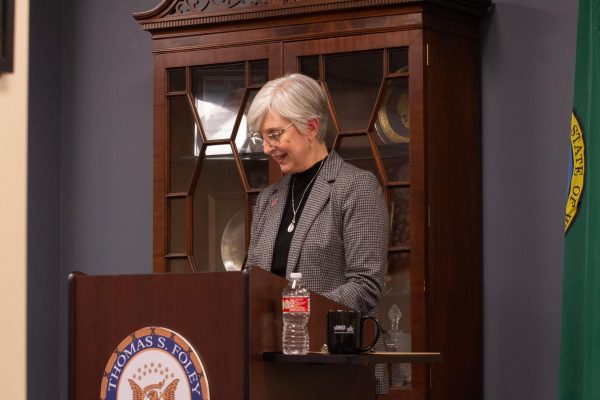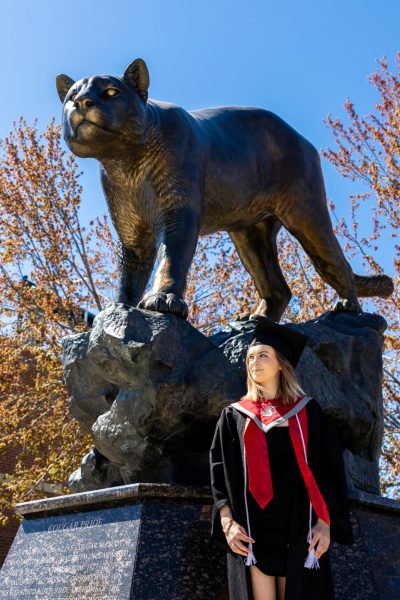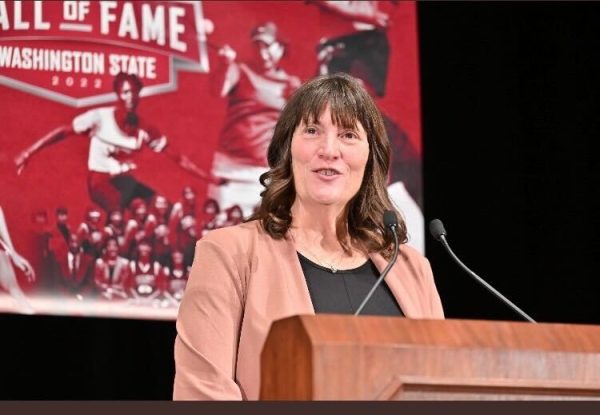Whitman fourth in deficient bridges
March 31, 2016
The Washington State Department of Transportation (WSDOT) ranked Whitman County fourth in the state for number of structurally deficient bridges.
Harvey Coffman, WSDOT bridge preservation engineer, said the numbers of structurally deficient bridges in Whitman County are largely related to the bridge deck.
“If you think of a bridge in three elements there is the deck, the part you drive on; superstructure, which supports the deck; and the substructure, which supports everything,” Coffman said.
He said those three elements could be designated as structurally deficient based on the bridge’s condition.
“You get a lot of decks that, you know, over the years as they age, in winter time you get the freezing cold, you get salt added, studded tires, heavy loads and it takes its toll on the bridge deck,” Coffman said. “Eventually, the deck’s surface gets to the point where it qualifies within the definition of being a structurally deficient bridge.”
He said most often studded tires will create ruts in the roadway, which reduce the thickness of the concrete over the reinforcing bar in the deck.
Coffman said that in a lot of the older bridges the steel used to reinforce concrete is unprotected from corrosion and this enables moisture and salt to get into the steel more easily.
This causes potholes, which makes the roads rough. He said the cars that drive over them then exacerbate the problem.
WSU and UW researchers are currently researching a possible solution to improve the durability and resistance of bridges. UW professor of mechanics John Stanton, WSDOT bridge engineer Bijan Khaleghi and WSU structural engineering professor Pizhong Qiao are leading a project to create better concrete.
“We want to use more durable, more high performance concrete materials to connect the bridge decks to make them more durable,” Qiao said. “For this reason we are using ultra performance concrete, UHPC, to connect the joint between bridge decks.”
Qiao said the UHPC is made of ground quartz, super plasticizers and steel fibers, which makes it less porous. However, one issue with this method is that commercial products can be costly, so they are using locally available inexpensive materials to offset that cost.
Qiao said because of the higher degree of durability, the bridges will require less maintenance than traditional concrete bridges.
Coffman said the WSDOT has a statewide preservation plan, but right now everything is competing for those funds. The department is focusing on a six year plan and operating on a two year plan as funding becomes available.

















